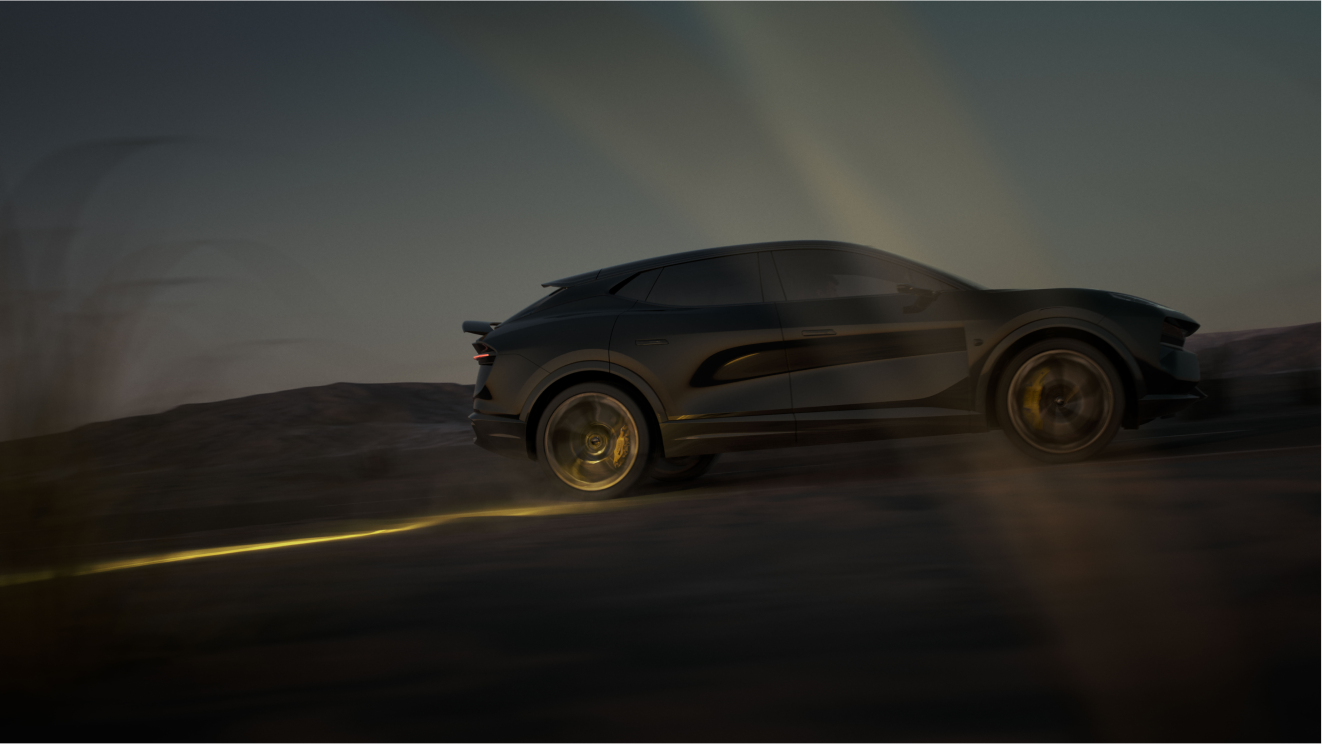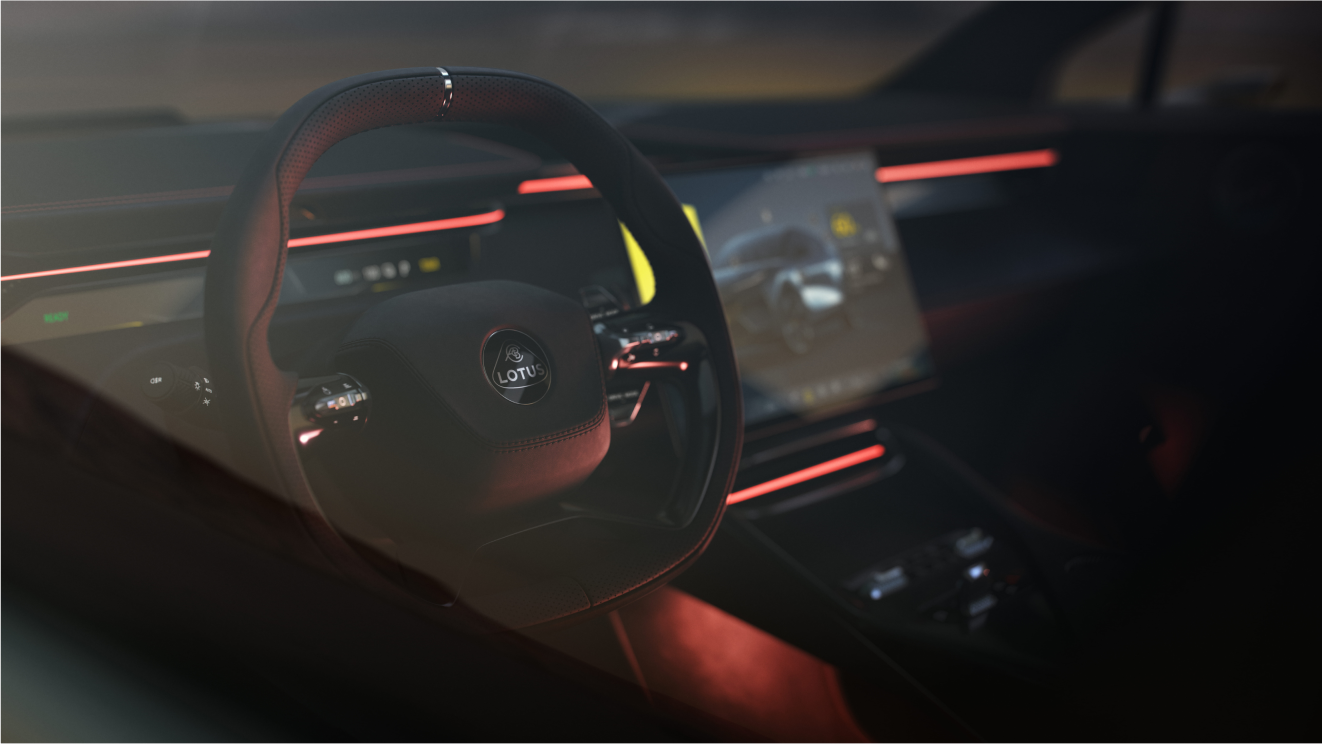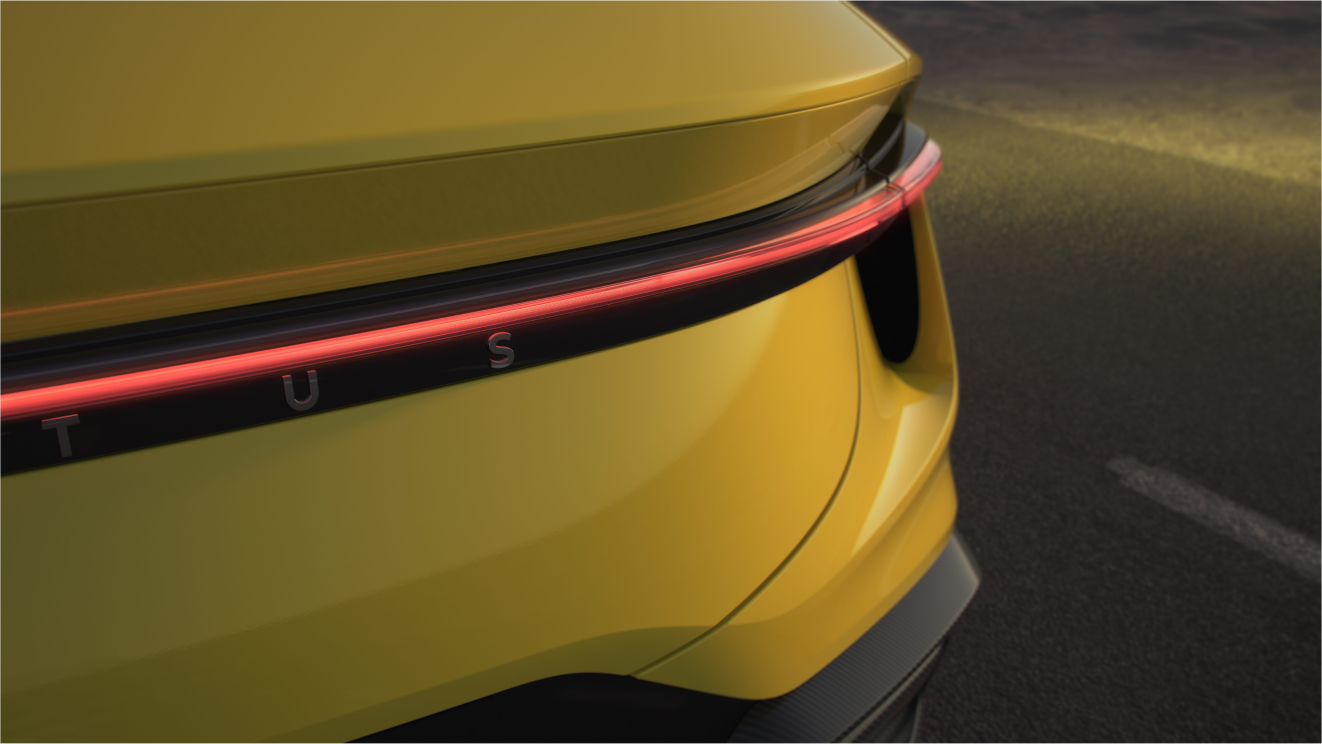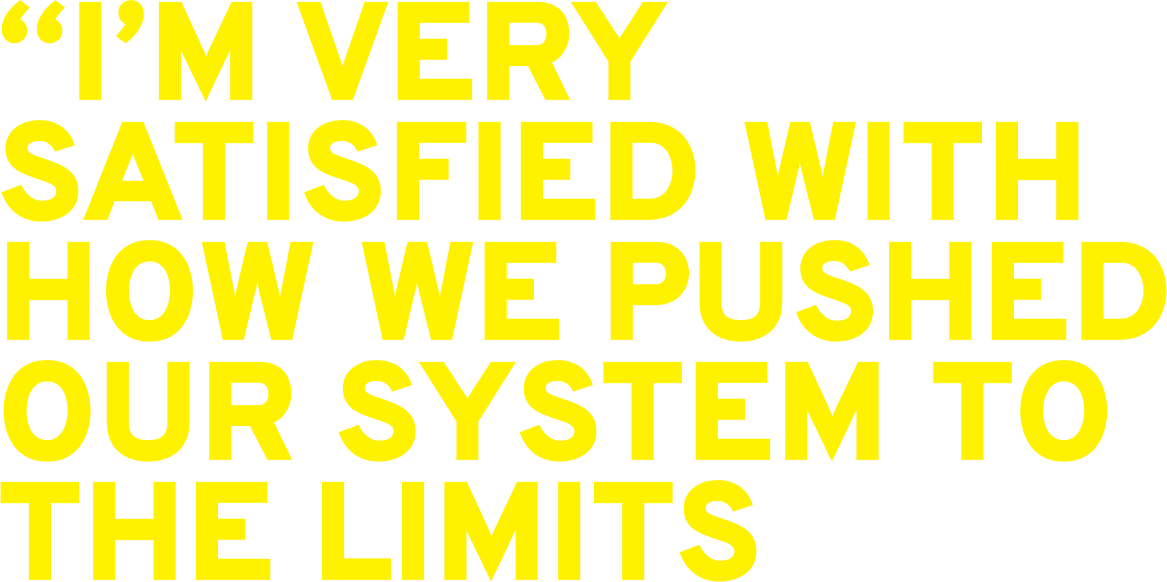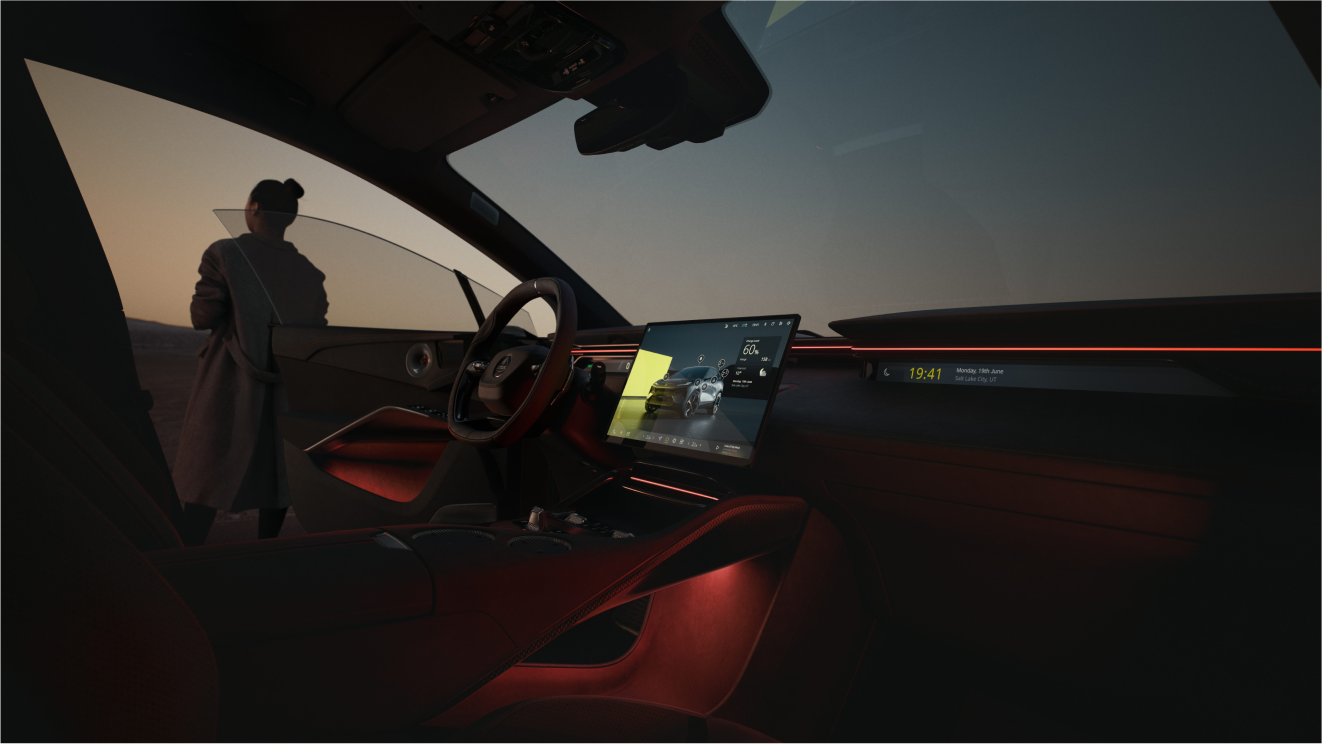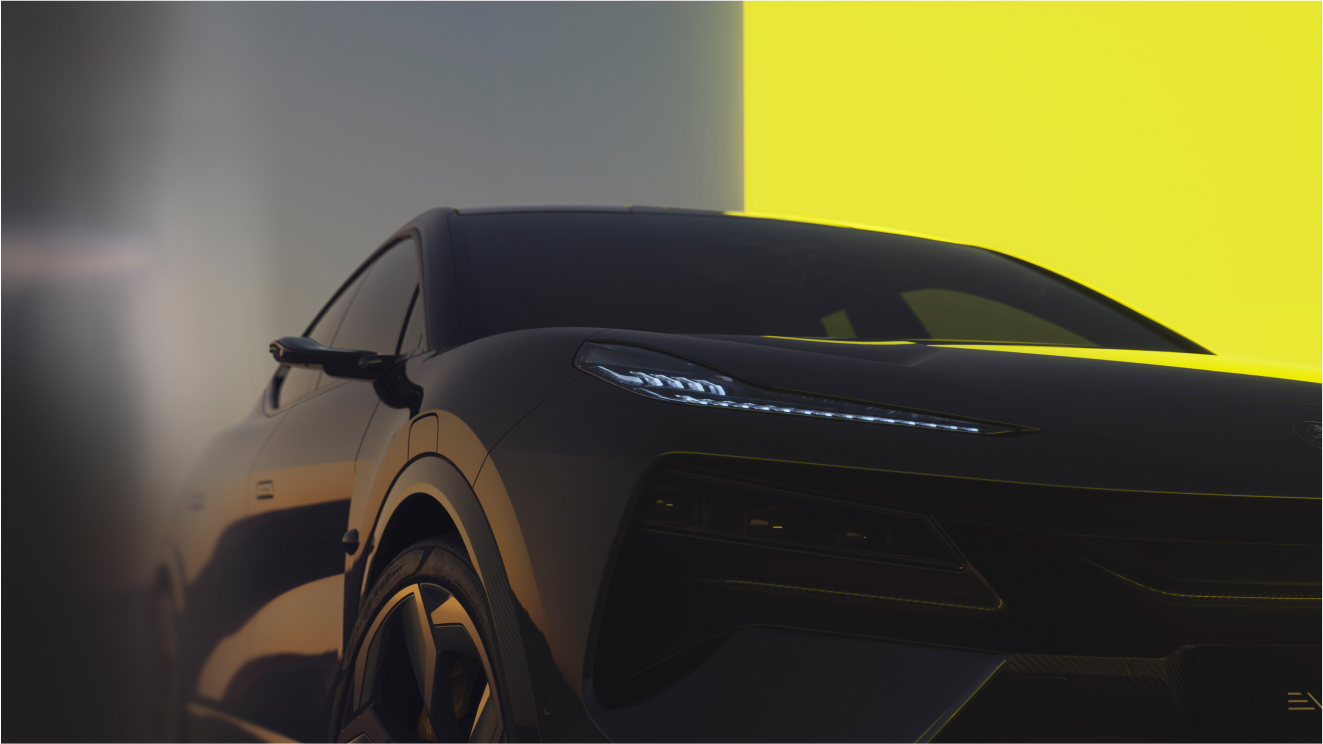
48.8566° N, 2.3522° E
Please activate your webcam
LOTUS &
& DIGITAL ARTIST KSAWERY UNITE THEIR TALENT
Lotus and digital artist Ksawery Kirklewski unite their talent and passions for futurism to craft an immersive experience that shines as bright as the city of light itself.
For the opening of the new Lotus flagship store, they’ve built an LED techno-chromatic spectacular whose perfect stage is naturally amidst the glamor of Paris Fashion week.
Lotus, the world-renowned brand, stands confidently at the nexus between high-performance automobiles and high-fashion. The sleek design and meticulous attention to detail of its cars evoke the same dedication and care seen in the most lauded haute-couture ateliers. Blasting down highways or stomping down runways, the rhythm and purr of the Lotus Eletre is a must this season for the most voguish of motorheads. In tandem, Lotus and Ksawery pay homage to a proud heritage that fuels a future where technology drives us forward.
Blooming
Ksawery Kirklewski pleads guilty to being a serial lo-fi head. “I love pixels,” gushes the Polish-born artist, “and I love big pixels.” Kirklewski—who goes by the online moniker Ksawery Komputery—has been entangled in an 8-bit love affair for as long as he can remember. From a young age, Ksawery was drawn toward technology with a distinctly retro flair, and has been quick to snatch up any and all digital artifacts he can get ahold of. He began his academic career in computer science, with little to no initial inclination toward pursuing a career in the arts.“
During my IT studies, I met many people from the Academy of Fine Arts who had similar interests to me who were also expressing their creativity through art.”
Propelled by this newfound inspiration, he dropped his original degree program and would go on to himself become a graduate from Academy of Fine Arts in Gdańsk, Poland in 2015. After graduating, Ksawery married his two passions, and combined his two passions, giving rise to the practice he has now honed into a successful artistic career.
To this day, the methods he employs to build his works ring true to his original passions. “Today my practice is built on fine art, coding, and graphic design.” Working closely with his brother and technical manager Jakub Kirklewski, they create bright striking colors that bolt across the LED screen, evoking the golden age of arcade games, and towering technicolor sculptures seem plucked from highstreet in Shanghai circa 3023. But what is most striking about his work is how Ksawery builds the worlds in which his creations live. “Everything I make as an artist is done with coding. There’s no After Effects or Photoshop in my practice.”
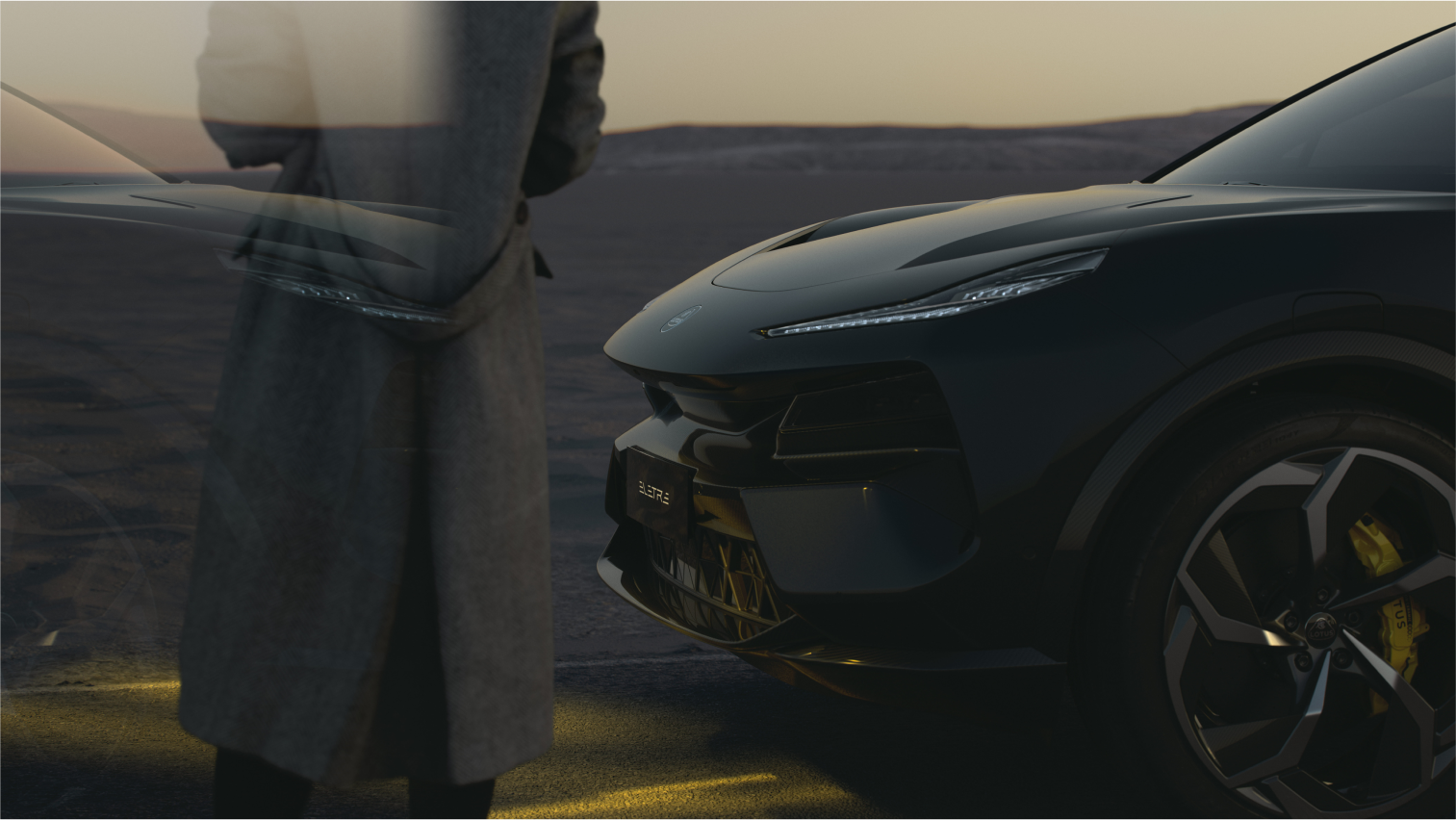
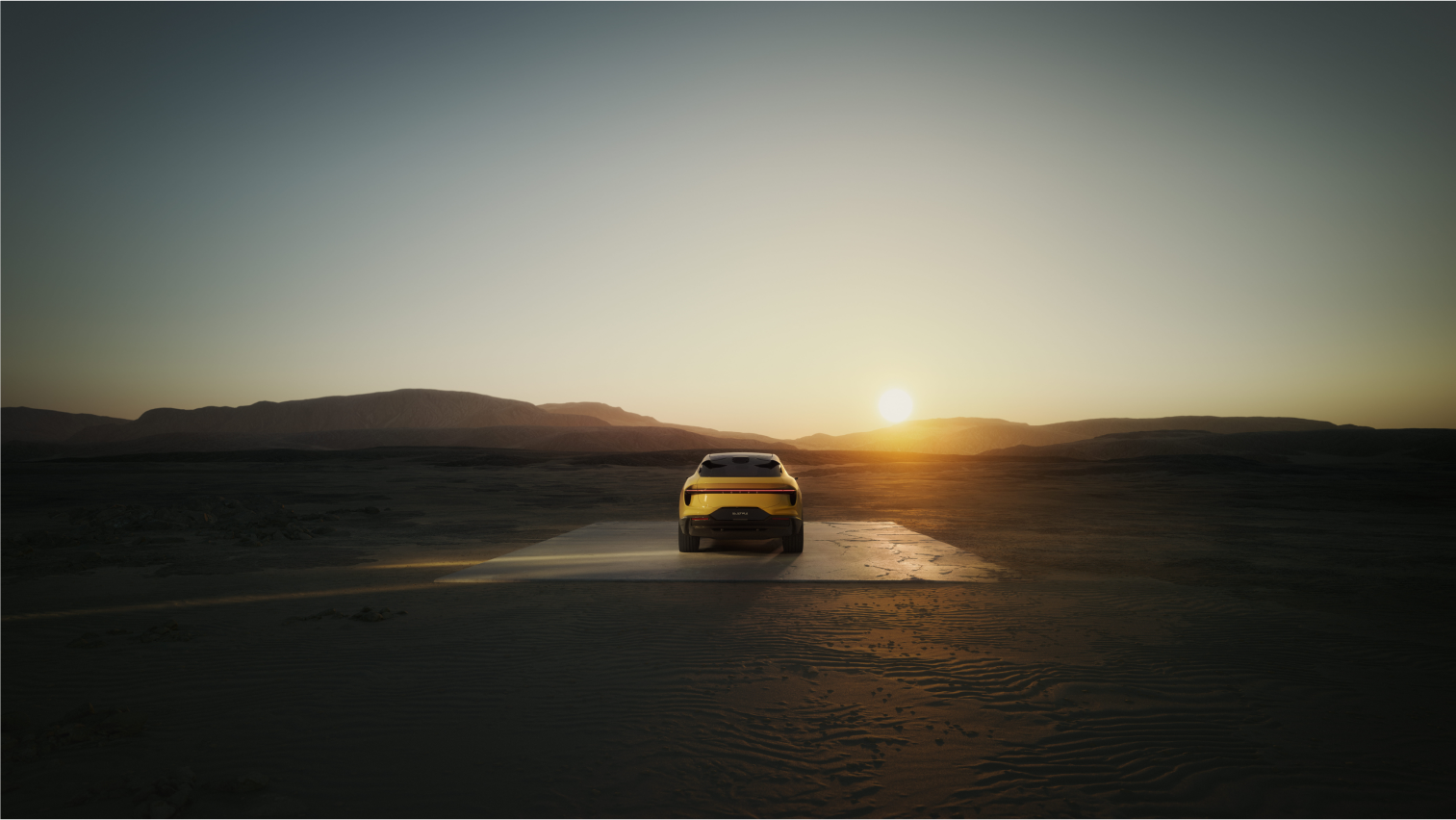
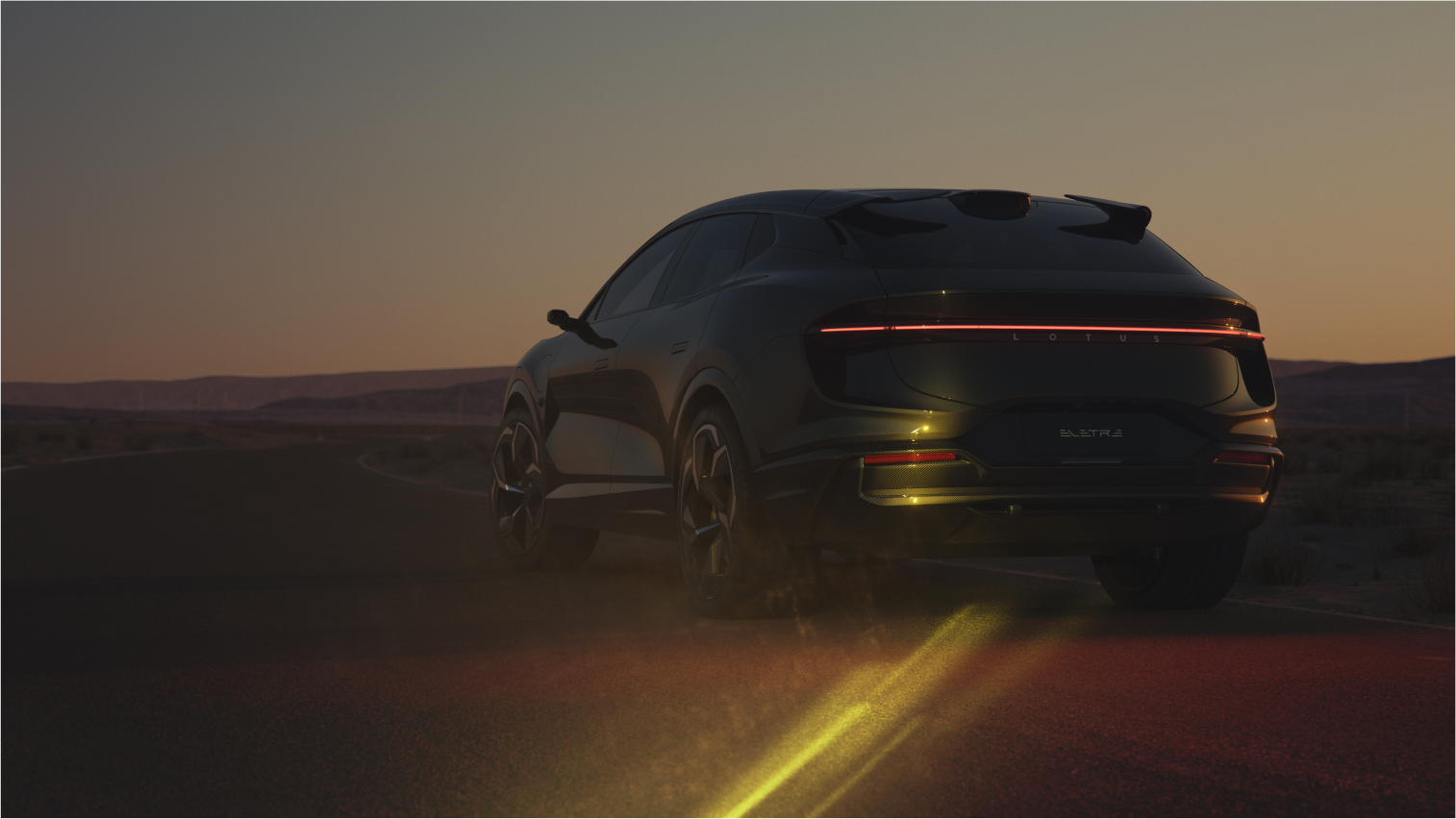
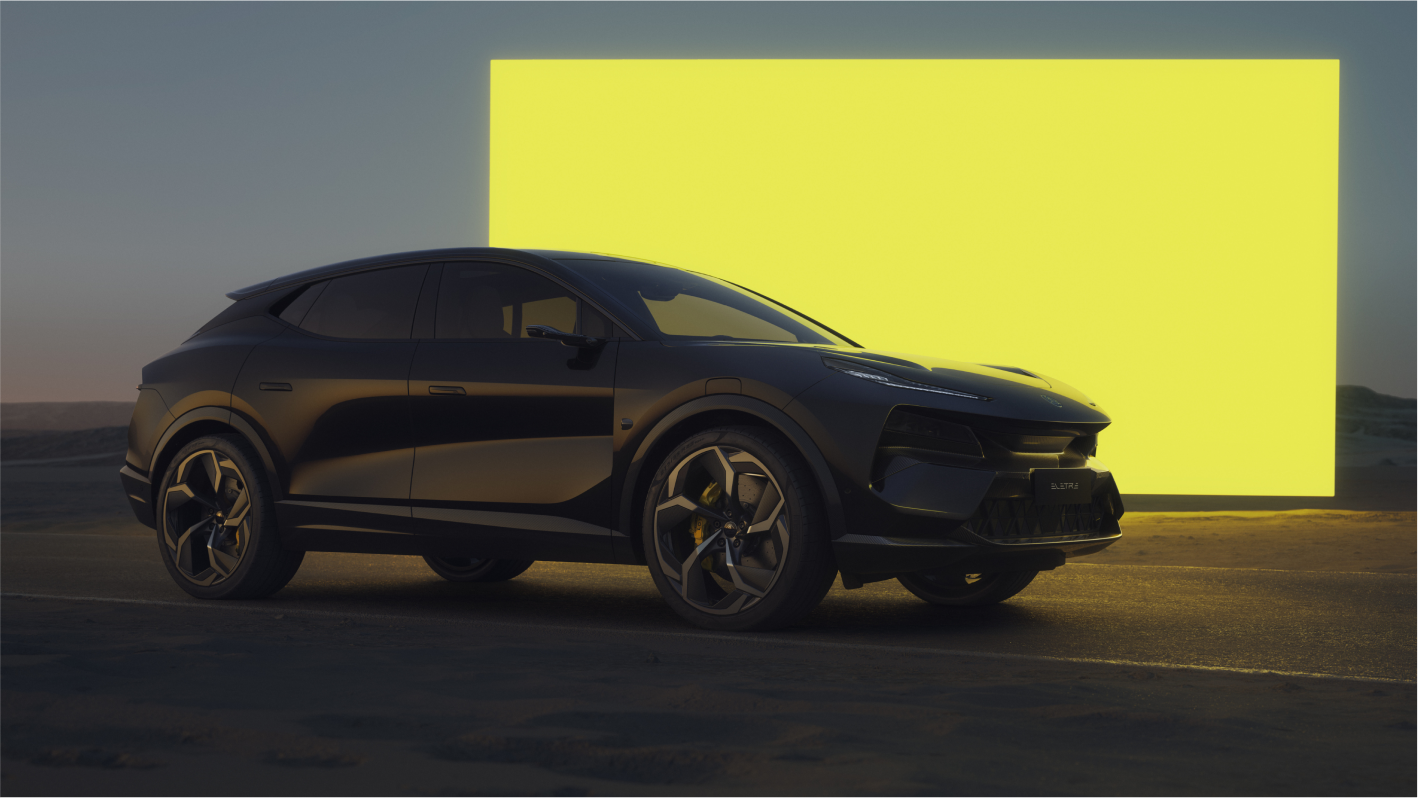
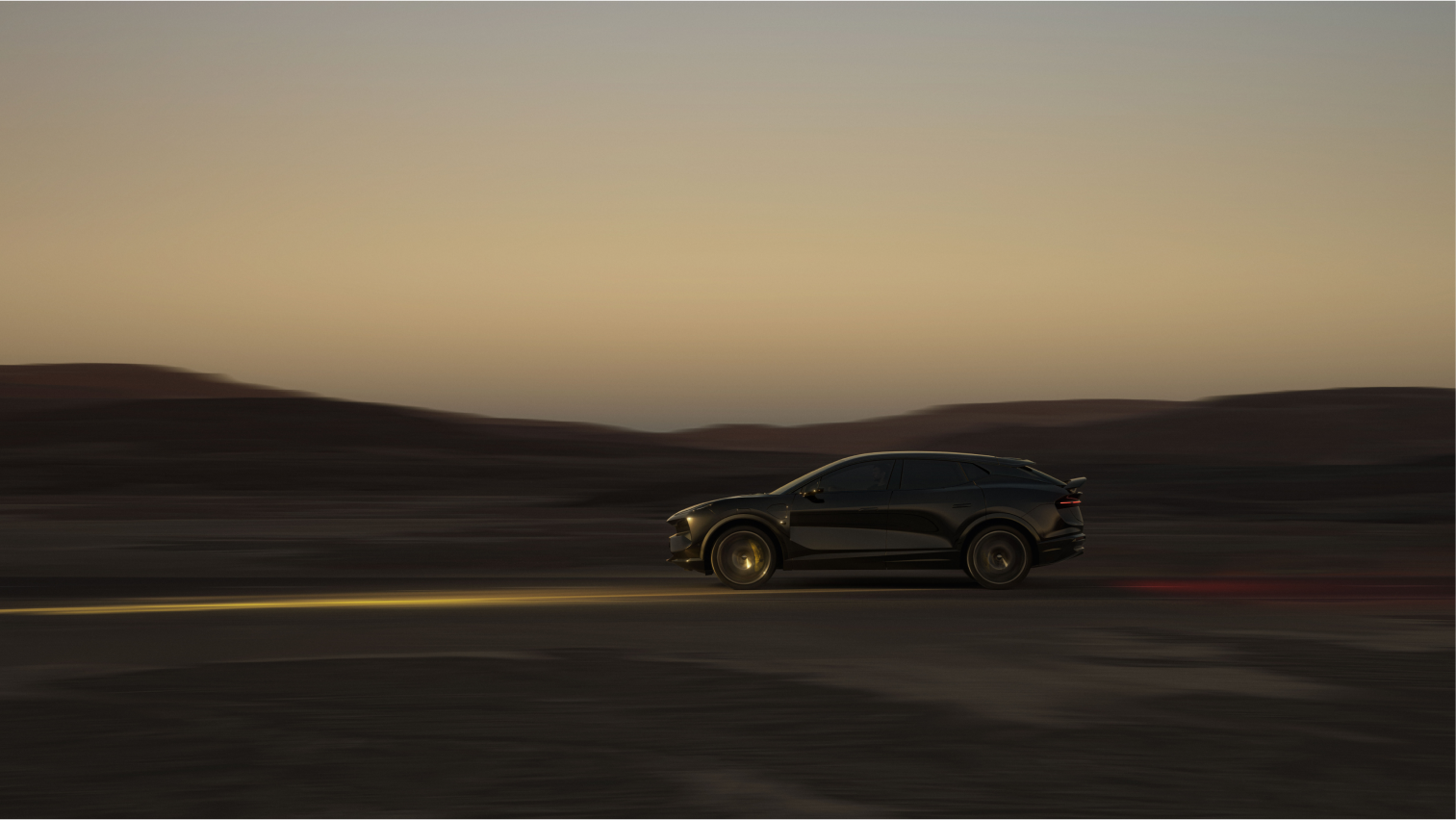
Past
Meets
Present
Ksawery’s work collaborations have been with some of leading galleries and contemporary art institutions, including Nxt Museum Amsterdam and Khroma Berlin. Naturally, stepping into the realm of commercial client collaboration was a rare exception, but one he was very happy to take on considering Lotus played a pivotal role in early inspirations for his aesthetics.
“I was a huge fan of this racing game they worked on, Lotus Turbo Challenge ©.” The game was developed by Magnetic Fields and released in the late 1980s in collaboration with the iconic British carmaker.
The game was well-received for its fast-paced gameplay, smooth controls,
The game was well-received for its fast-paced gameplay, smooth controls, and is remembered by its fans for its groundbreaking use of vivid colors and exotic racing locales. In addition to its stunning visuals, the game was also renowned for its thumping soundtrack. Composed by Barry Leitch, players were propelled by upbeat and energetic electronic tunes that perfectly complement the fast-paced racing gameplay.
The music dynamically responds to the player's actions, intensifying as the race speeds up, creating an immersive and adrenaline-pumping experience.
This synchronization between the music and gameplay contributed to the game's cult following. Given the pure serendipity of the brand that gave him so much inspiration as a child, Ksawery paid homage to the game that served as a core inspiration for what he built.
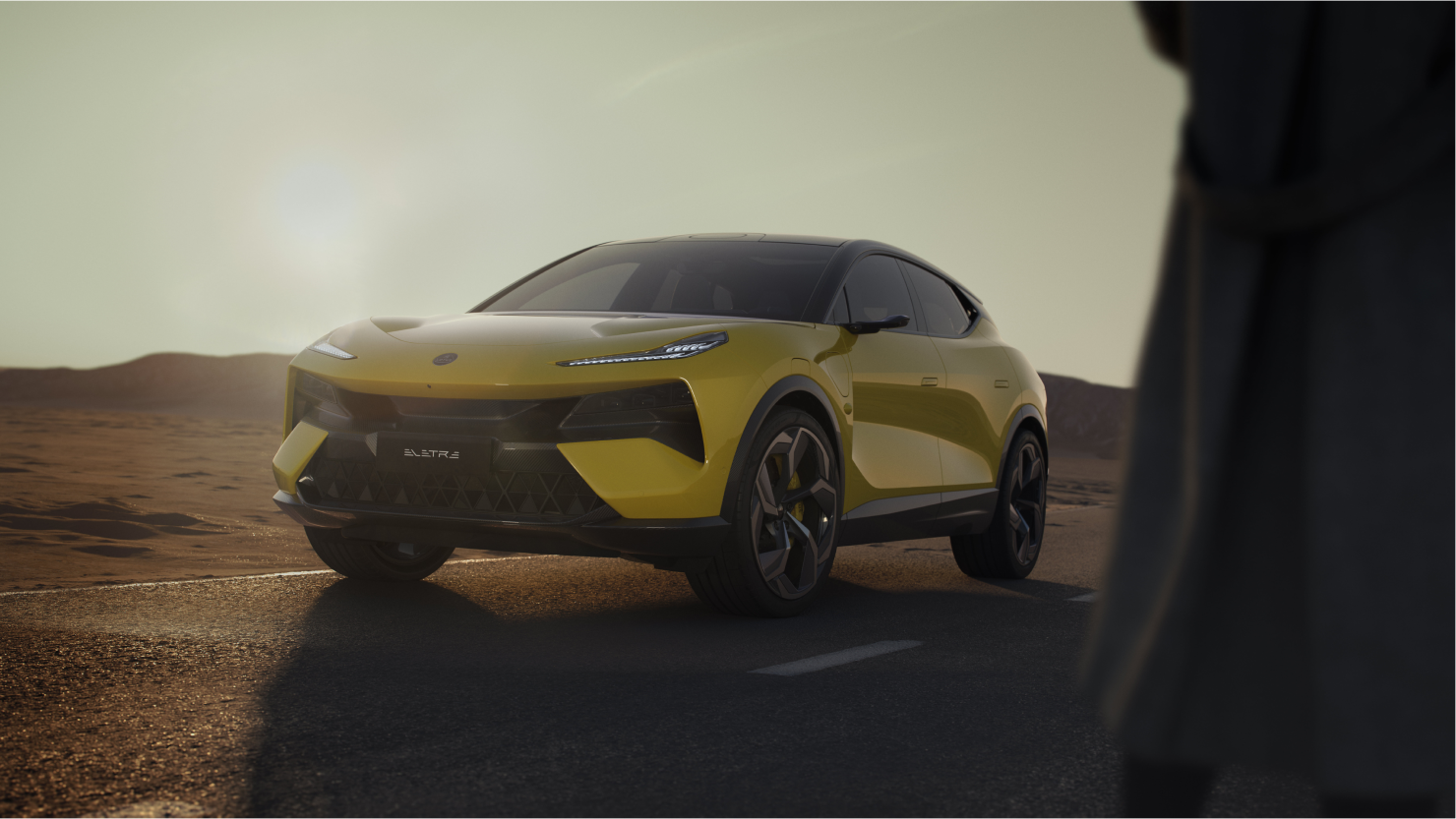
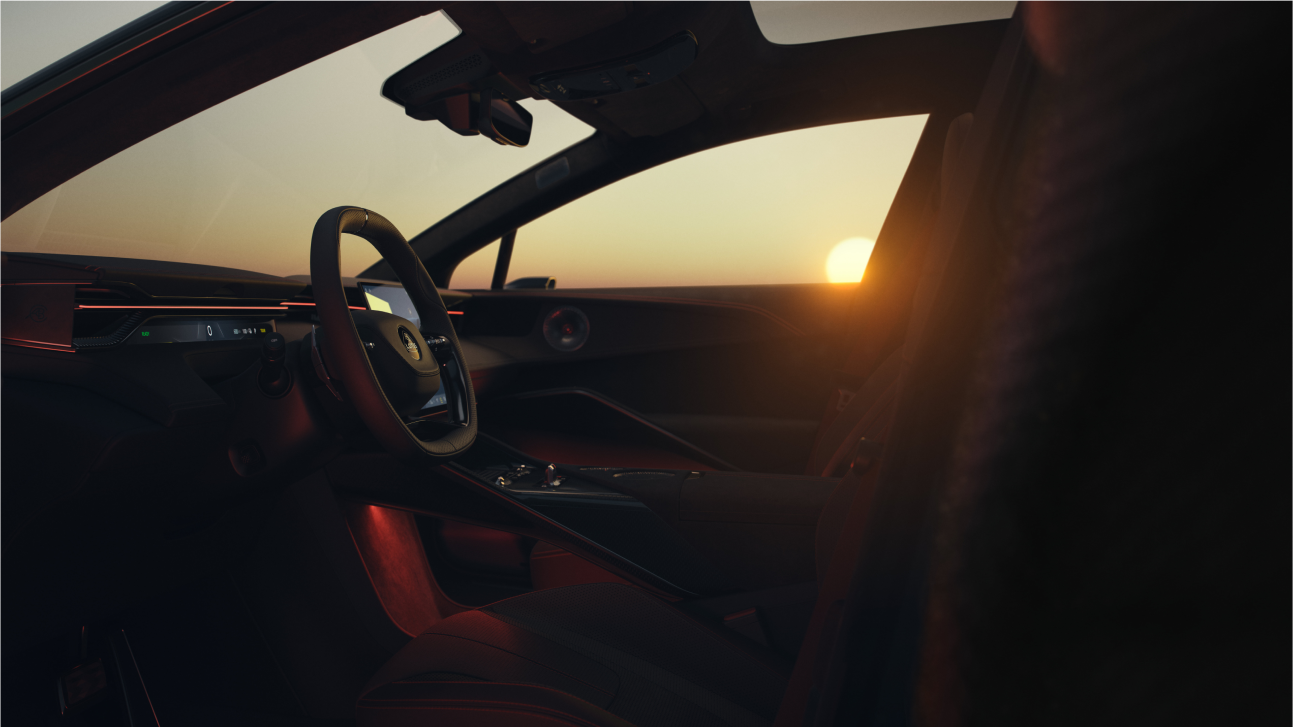
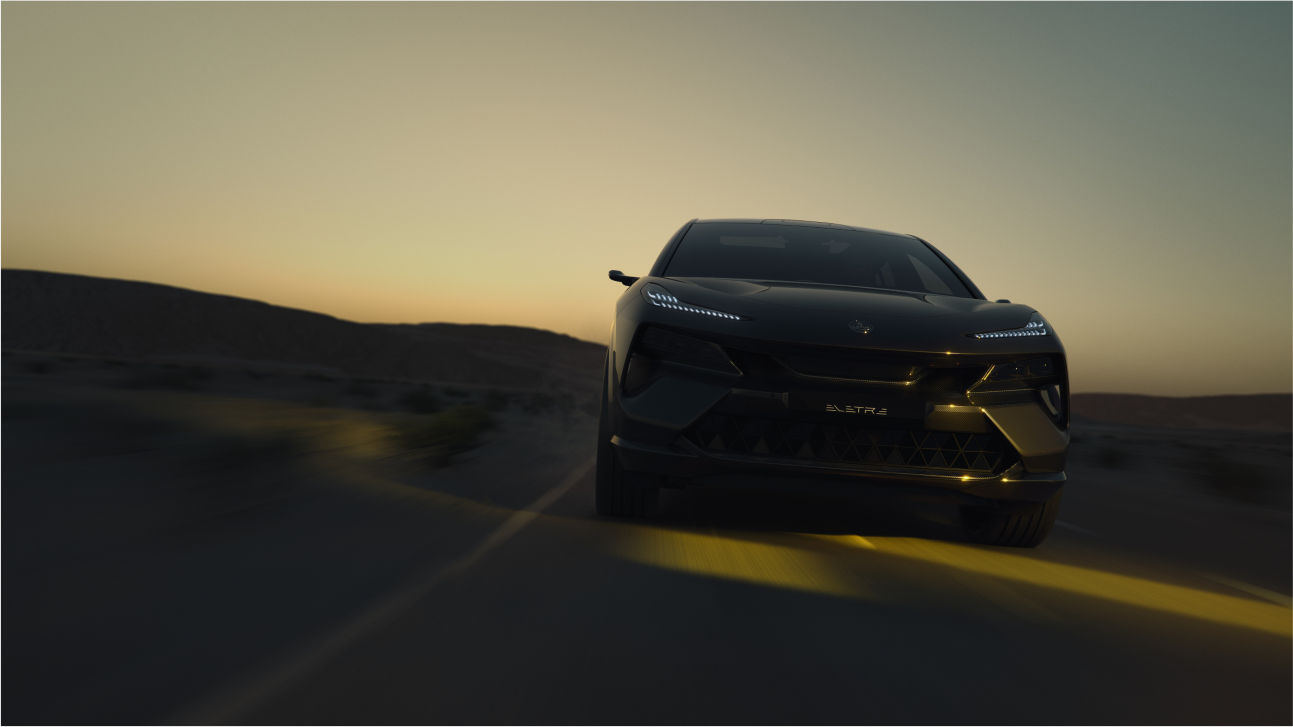
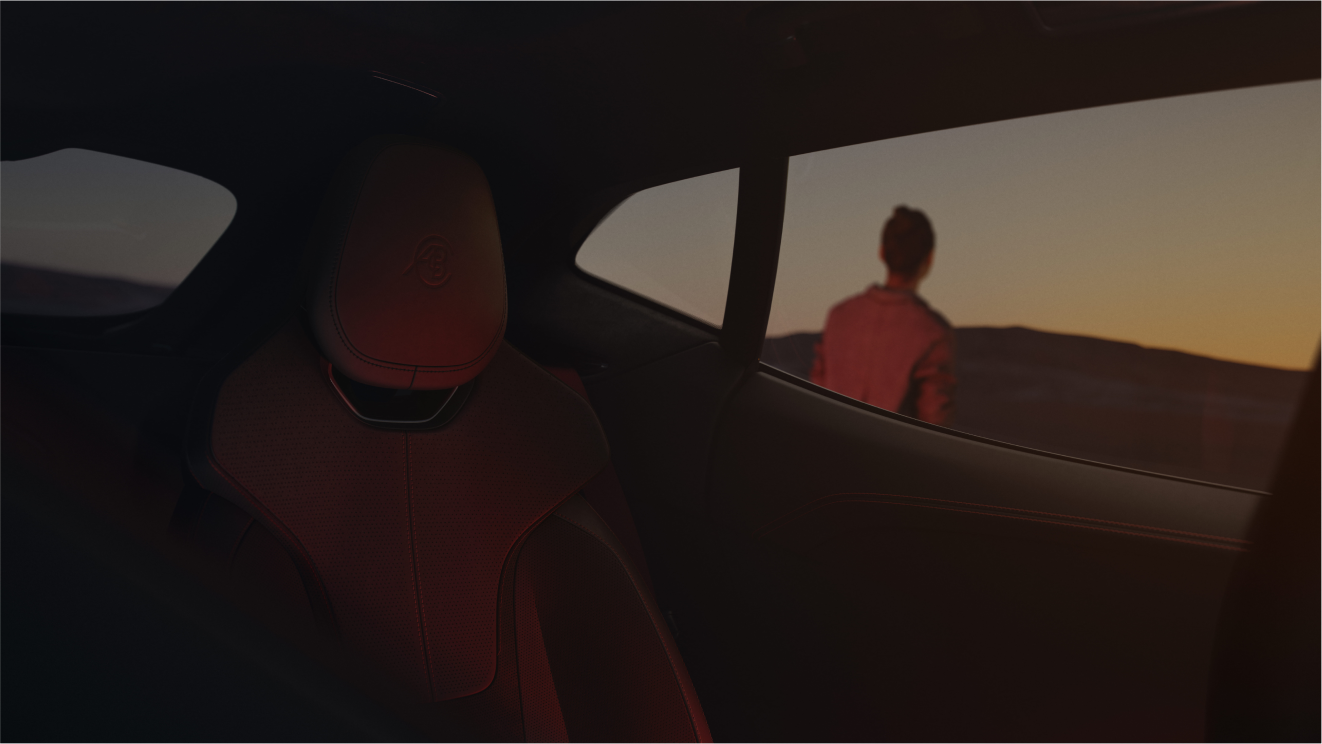
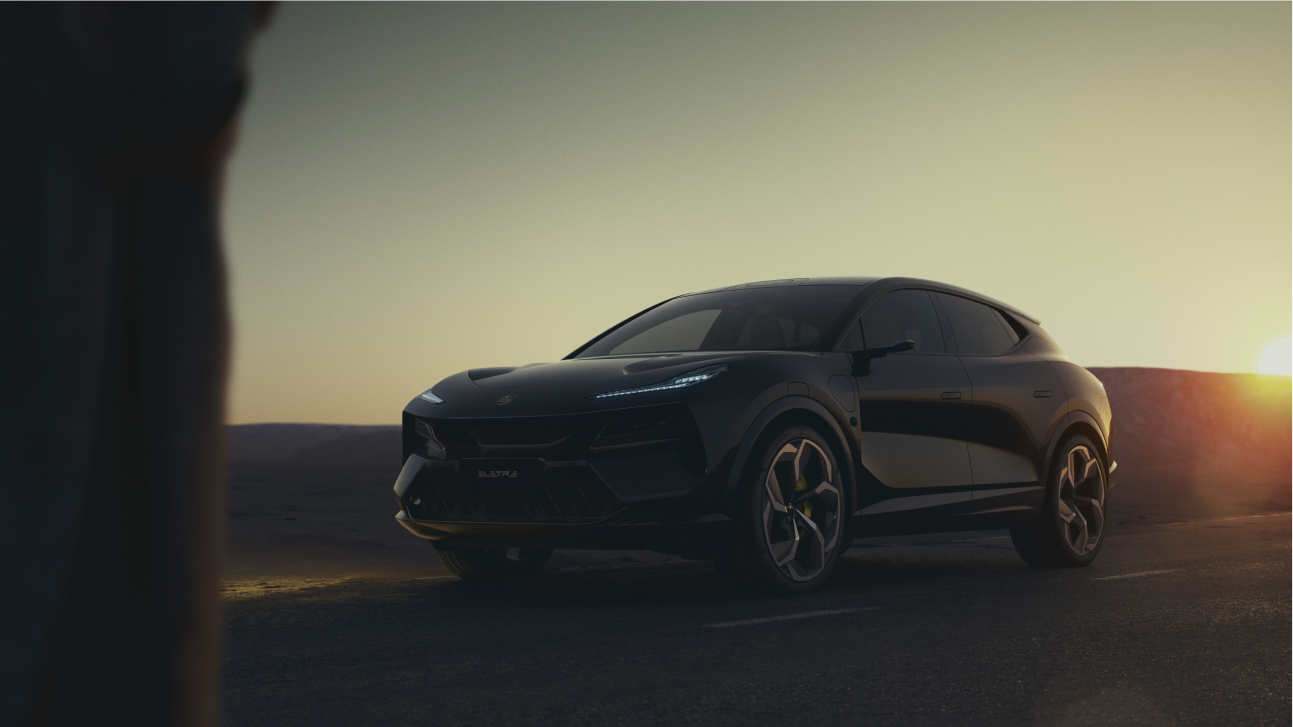
Light Sparkle Thunder
The Lotus Eletre, the model on which this project is based, has a natural synthesis with the corefoundations of Ksawery’s work. Both exhibit a forward-looking and technologically advanced approach, while also embracing a sense of heritage and collaboration with the aesthetic lineages from which they draw their respective inspiration. Additionally, Ksawery also drew inspiration from contemporary pop culture, infusing the interactive exhibit with elements that resonate with a modern audience. One such inspiration is the DeLorean time machine from Back to the Future, a modified DeLorean DMC-12 today is one of the most recognizable pieces of retro-futuristic technology. “It was one of my favorite movies as a kid, and still one of my favorites today,” according to Ksawery.
“I remember the scene when the car goes to the future for the very first time. There are so many lights, sparkles, thunder, and lightning bolts all around it as it shoots into the future. I thought these would be the perfect visual motifs for the installation, and would evoke the image of a car that really could just shoot itself into the future.”
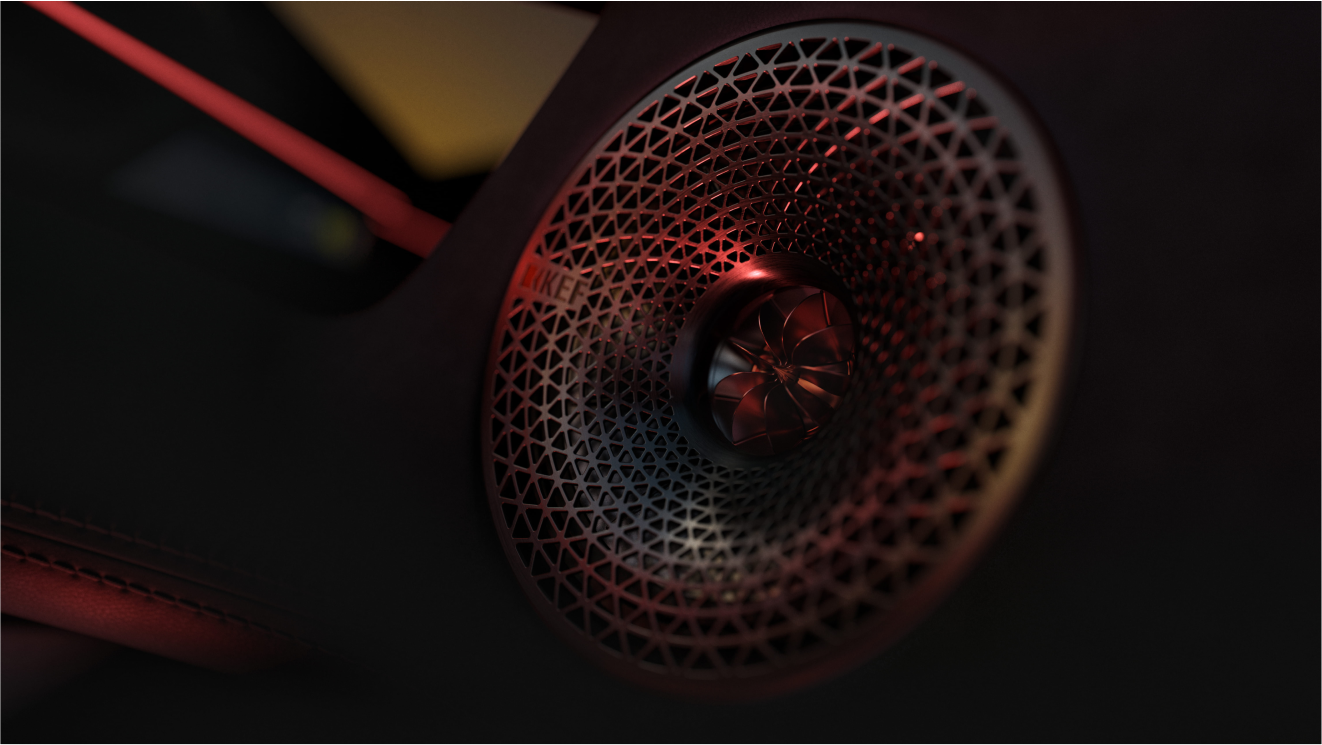
48.8566° N, 2.3522° E
48.8566° N, 2.3522° E
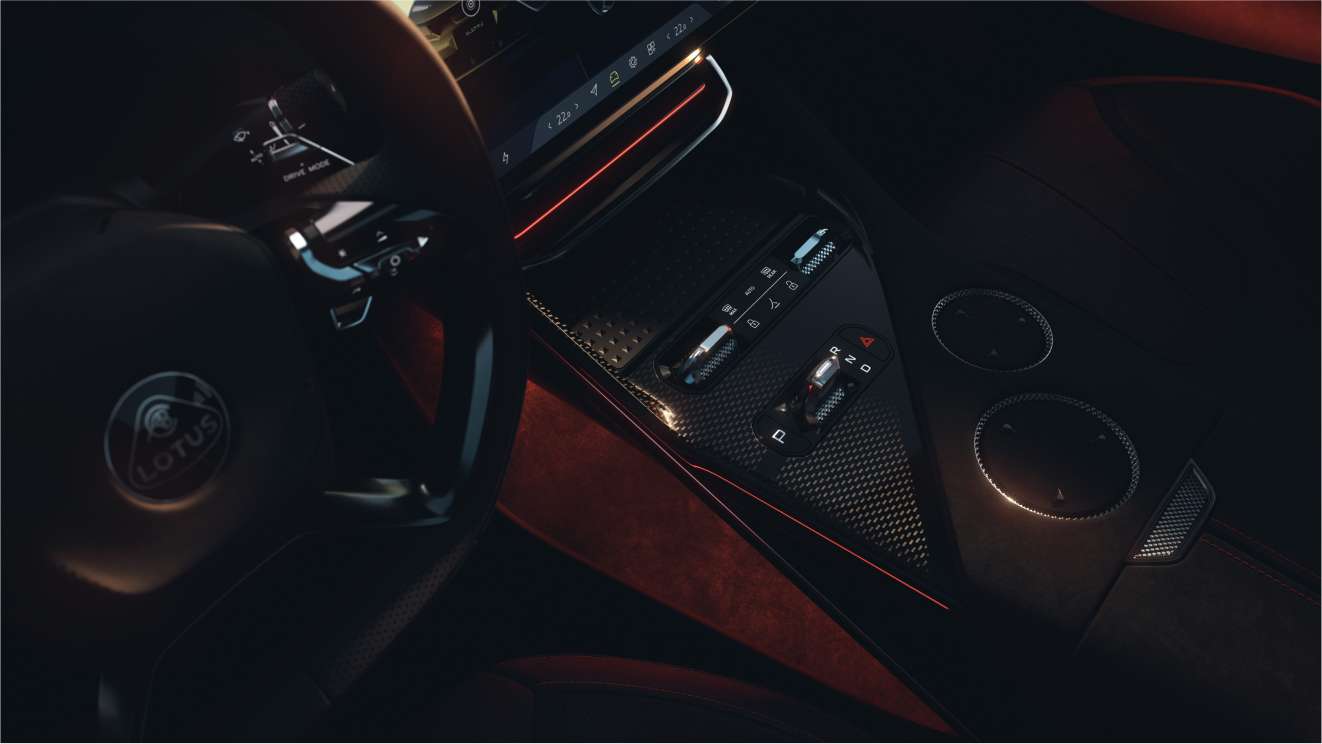
Pixel Paradise
The audio-element of the piece is scored by Arek Krupiński, meticulously crafted to align with the company's brand progression, particularly fitting as it coincides with the brand's 75th anniversary celebration. The visual storyline commences with a vintage low-resolution game aesthetic and evolves into futuristic, technology-inspired visuals, mirroring the Lotus Eletres’ innovative features—electric propulsion, remarkable speed, and aerodynamics.
Upon entering the installation, guests are immersed in a realm where LED lights reign supreme, and those who dare to enter live peacefully under the watchful eye of a special camera which monitors the space.
The LED lights which illuminate the exhibition play a significant role in the visual impact of the interactive piece. The special camera picks up those who walk in front of the wall of the piece, and an incredibly heightened refresh rate of the lights creates a fluid, analog-like illumination which reduces image lag to almost nothing, giving the effect of a techno-chromatic mirror.
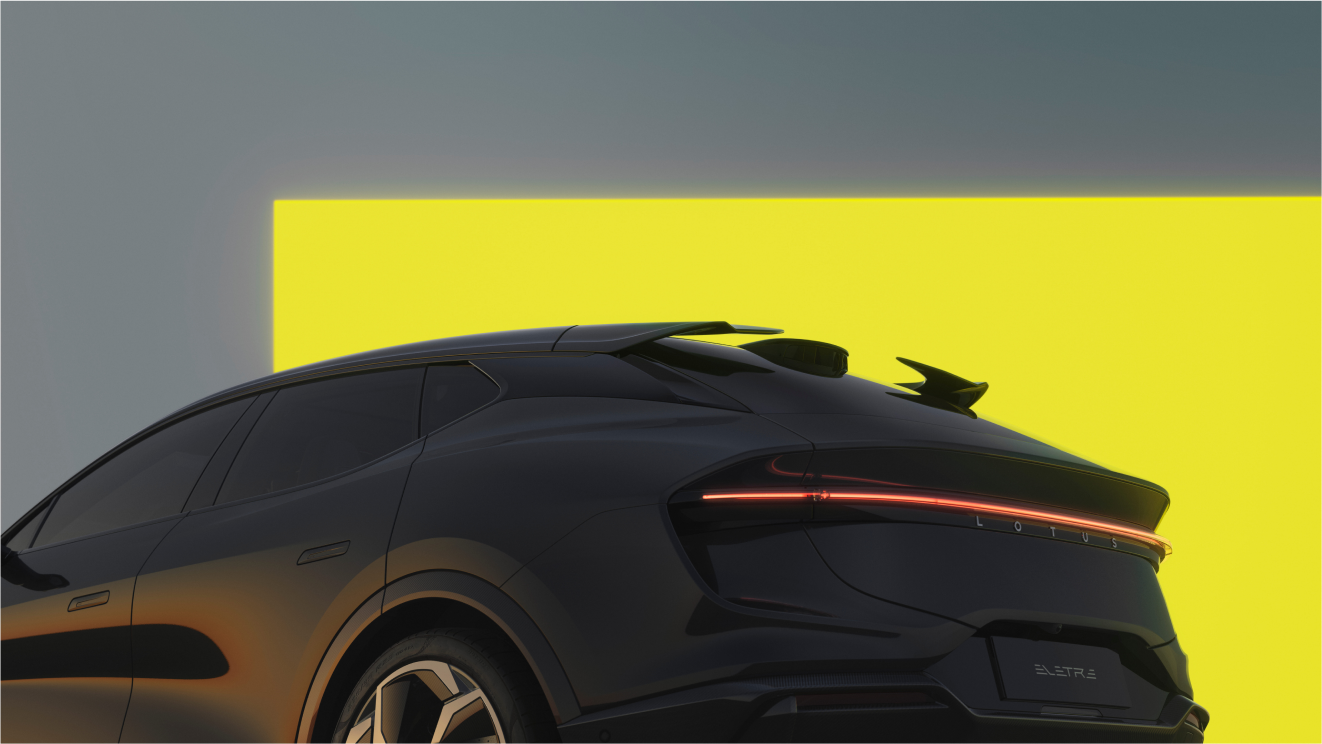
In a realm where time, space, and light converge into one, Ksawery and Lotus offer those who attend the immersive exhibit a vision of a future where optimism for innovation reigns supreme.
“I’m very satisfied with how we pushed our system to the limits.” He notes he is particularly pleased with the unique shape of the structure, and hopes to build on his inspiration from this particular project for future ones that are even bigger, bolder, and more daring.
